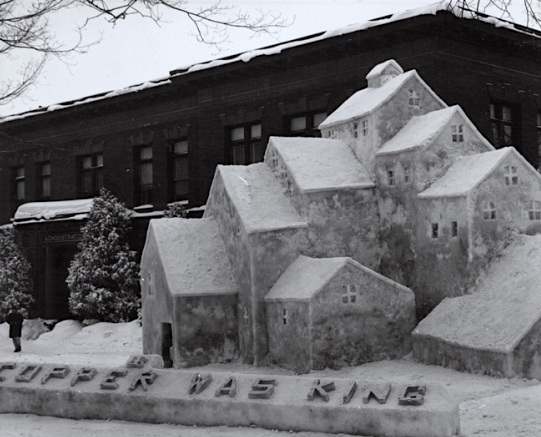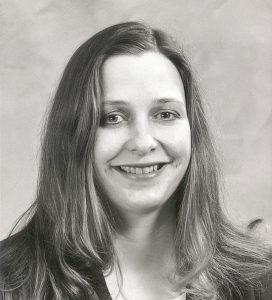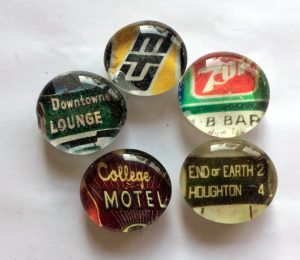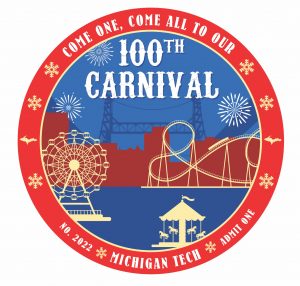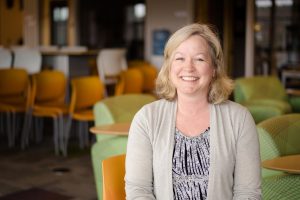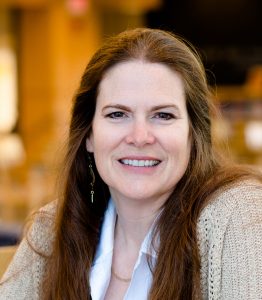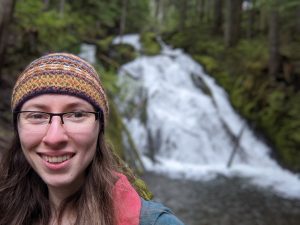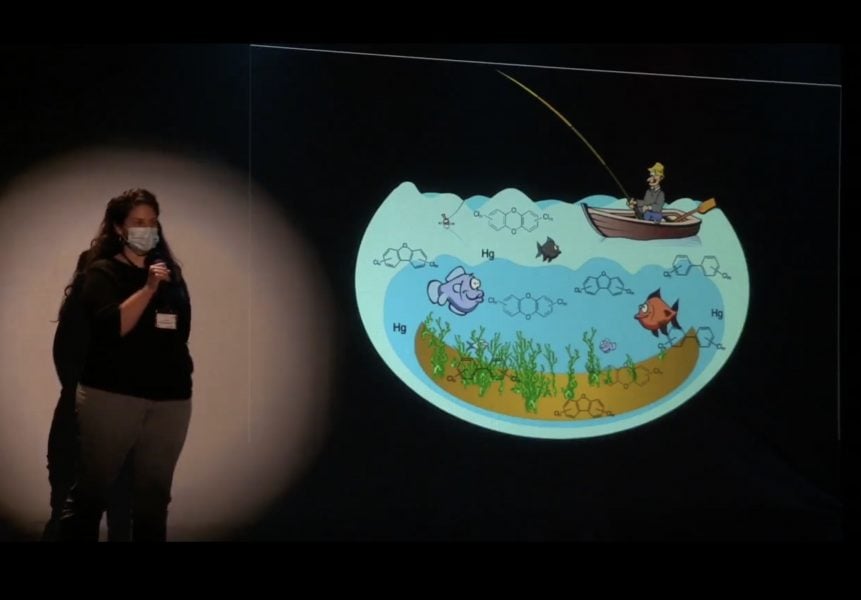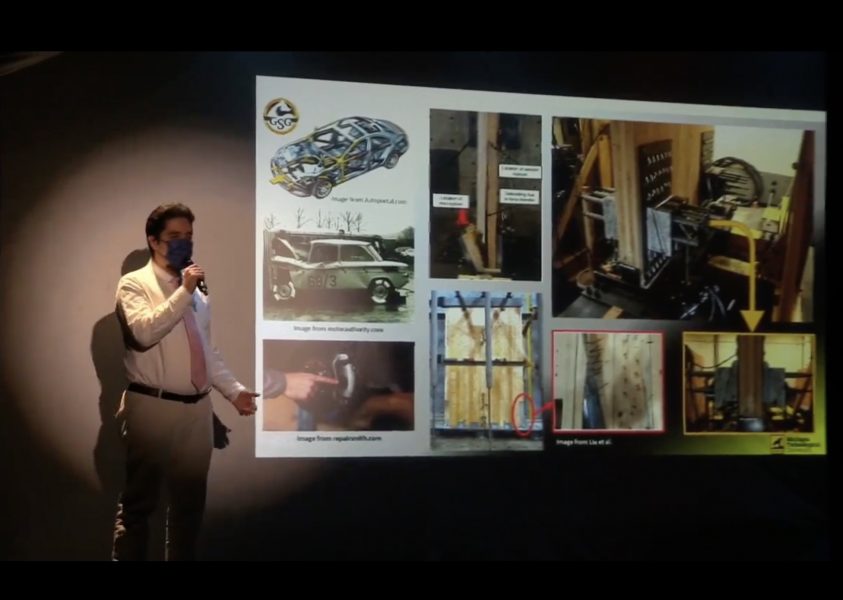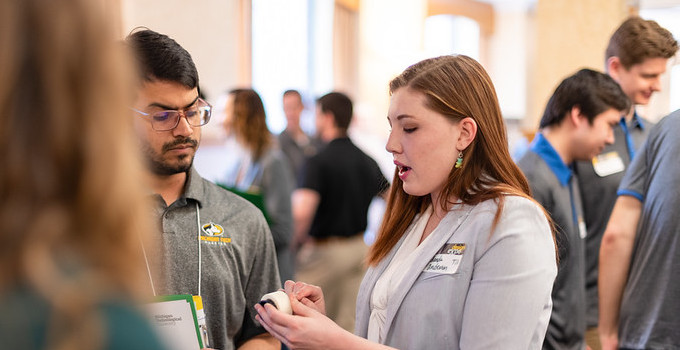
The Enterprise Program and College of Engineering are excited to announce the 22nd Design Expo, being held in person from 10 a.m. to 2 p.m. April 21 in the Van Pelt and Opie Library’s first floor.
Design Expo has been expanded to highlight Senior Design/Capstone projects from all areas of the Michigan Tech campus, involving teams from the College of Business, College of Forest Resources and Environmental Science and College of Engineering.
RSVP for Design Expo Today!
The Michigan Tech community, friends and sponsors are invited to register for this year’s Design Expo.
More than a thousand students in the Enterprise and Senior/Capstone Design programs will come together to showcase their work and compete for awards. In addition, a panel of judges, made up of distinguished corporate representatives, alumni, community members, and Michigan Tech staff and faculty, will be able to critique videos of team projects, solutions and results in advance of the live event, then come to Design Expo to meet the teams and ask any questions in person.
Social Hour and Awards Ceremony
Starting at 2:30 p.m., all student teams, judges, sponsors and friends, and the Michigan Tech campus community are invited to a social hour at the Rozsa Center for the Performing Arts with light refreshments, entertainment and door prizes. Then, at 3:30 p.m., we will begin the Design Expo Awards Ceremony, where student teams will be recognized and more than $3,000 in cash will be awarded.
Both events are free and open to the public. We encourage current and future students, faculty, staff, parents, alumni, families of students, and others to help us celebrate our students and their achievements. Register today to see a schedule of events and attend the 2022 Design Expo.
Become a Judge
Are you interested in judging for the 22nd annual Design Expo? We welcome all Michigan Tech faculty, graduate students, staff, alumni, industry representatives and community members interested in the great work of our students! Find out more at our Become a Judge web page.
This year, judges will have the flexibility to evaluate team videos anytime between noon April 18 and 2 p.m. April 21. Judges will be assigned three to five teams, and will evaluate each team’s video using an electronic ballot. In addition, judges are asked to attend Design Expo in person between 10 a.m. and 2 p.m. April 21 to judge their teams in person. Judges will be selected based on their availability to attend Design Expo in person.
2022 Design Expo Website
For more information on attending and judging Design Expo, visit our website. For questions, please reach out to Briana Tucker at bctucker@mtu.edu.
By The Enterprise Program and College of Engineering.
